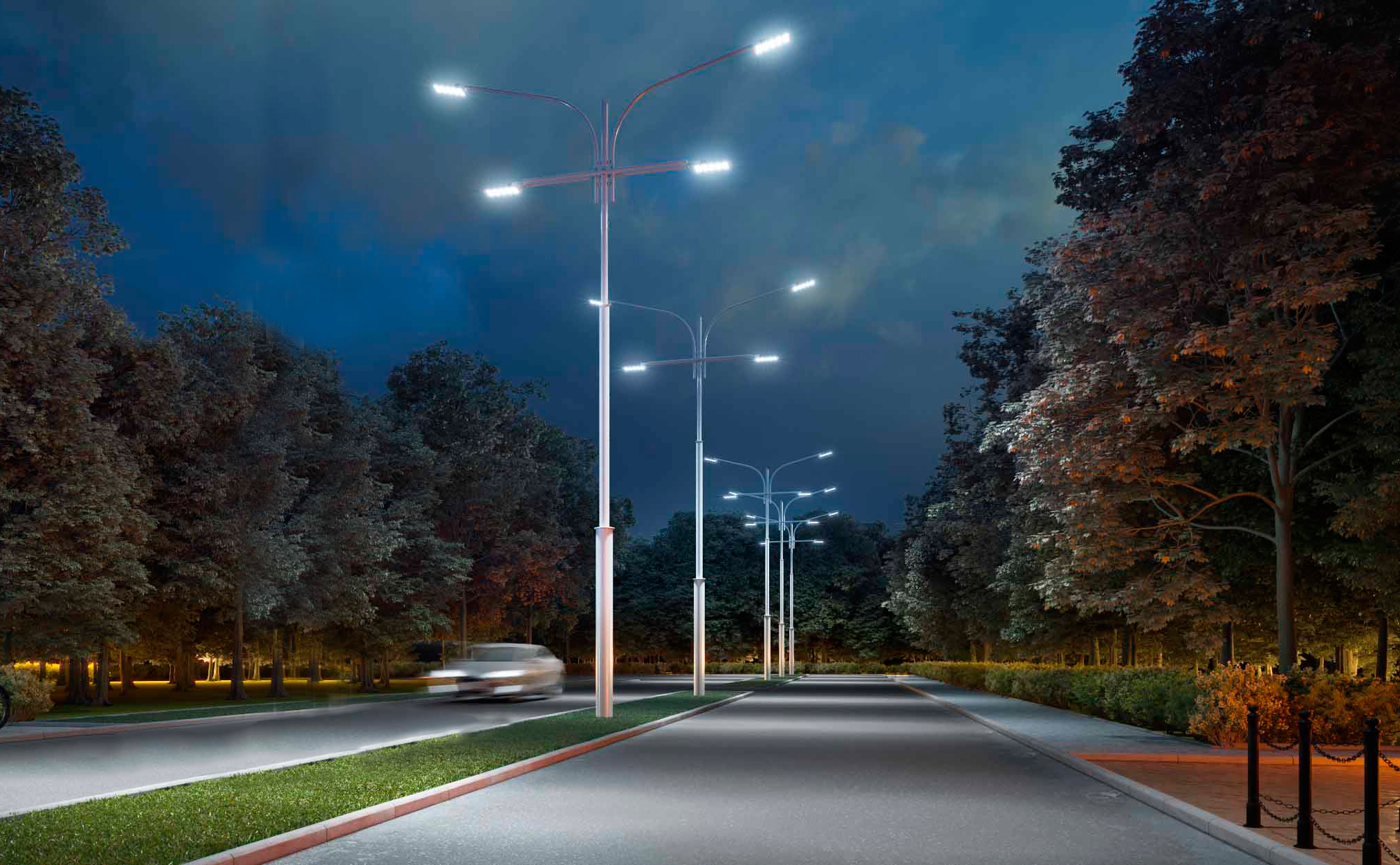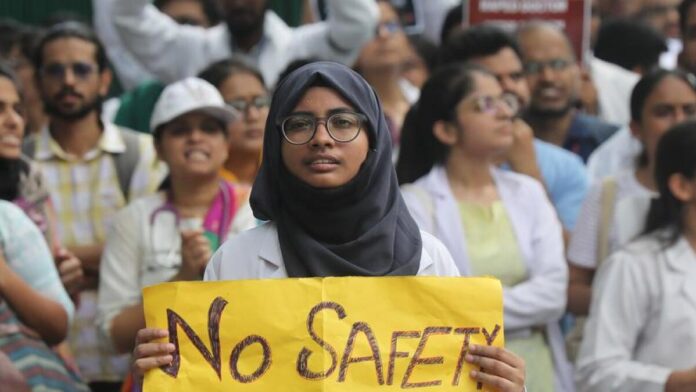The issue of safety in Delhi, particularly for women, has been a longstanding concern, and recent statements have once again brought it to the forefront. BJP leader RP Singh recently criticized the Delhi government, challenging their claims about making the city safer. Singh’s remarks come in the wake of a report by Greenpeace India, which found that over 75% of women feel unsafe commuting on Delhi buses after dark, raising questions about the state’s public safety efforts and the efficacy of initiatives promised by the government.
)
Why Women’s Safety in Delhi is Under Scrutiny
Delhi has seen its share of safety initiatives, especially aimed at protecting women. However, despite these promises, incidents and concerns about women’s safety continue to surface. According to RP Singh, a major reason for the gap between the government’s promises and the ground reality is the inadequate street lighting. The Delhi government pledged to install 1.5 million lights throughout the city to improve security, but Singh claims only about 150,000 lights have been installed. This disparity raises questions: Why are safety concerns still so prevalent? And what steps have been taken, or overlooked, in addressing them?
The Importance of Street Lighting in Ensuring Safety
A significant factor in ensuring public safety is well-lit streets, which reduce the risk of crime and create a sense of security. For a city like Delhi, where both residents and visitors often have to navigate areas after sunset, proper street lighting is essential. Darkness on the streets can act as a deterrent for individuals who wish to use public spaces or rely on public transport. RP Singh’s comments highlight a gap in what was promised versus what has been delivered, particularly in a city where the daily commute is critical for its residents. The question arises: How effective are safety policies if infrastructure doesn’t support them?

Delhi’s Public Transport: A Lingering Safety Concern
The report from Greenpeace India reveals that more than 75% of women feel unsafe using public buses in Delhi after dark. The public transport system is vital to the capital’s functioning, but this statistic underlines the gap between perception and safety measures on the ground. Women feel that using buses at night exposes them to risks of harassment and even assault, raising questions about the efficacy of current measures and policies.
Delhi’s buses lack sufficient lighting both inside and at the bus stops, which further amplifies the feeling of vulnerability. While some CCTV cameras have been installed on buses, it seems these measures have not yet provided the level of security needed to improve public confidence. The report begs the question: Beyond the installation of cameras, what other immediate actions can be taken to protect women in transit?
Evaluating the Delhi Government’s Promises and Actions
The Delhi government has made ambitious promises about public safety, especially for women. However, the gap between commitment and execution is stark. RP Singh’s statement about the inadequate number of streetlights reflects this inconsistency. The initial promise of 1.5 million lights across Delhi was a bold one, aimed at making public spaces safer. However, if only 150,000 lights have indeed been installed, as claimed, the initiative has fallen considerably short of its target.
This discrepancy raises further questions about transparency and accountability. If the promised infrastructure for women’s safety is lacking, what steps will the government take to bridge this gap? Additionally, if resources were allocated for 1.5 million lights, how were they utilized, and why does the current reality fall so far below the target?
How Can Delhi Bridge the Gap and Improve Safety?
Given the current situation, it’s evident that Delhi’s public safety policies must be reassessed. First, addressing street lighting infrastructure is critical. While installing 1.5 million lights may be a challenging target, a realistic plan with clear timelines could help residents understand when they might feel safer in public spaces. Additionally, expanding the scope of the program to ensure installation across all vulnerable areas, including bus stops, isolated streets, and key public locations, could create a more tangible impact.
Second, beyond physical infrastructure, community-focused safety programs could be instrumental. Introducing awareness campaigns, community policing, and neighborhood watch programs could create an environment where residents look out for one another. Such programs empower communities and help build confidence among women and other vulnerable groups.
Accountability in Public Safety: A Call to Action
RP Singh’s remarks on the Delhi government’s safety promises are more than just political commentary—they highlight the need for accountability in public safety. While political discourse often revolves around promises, it’s essential for the government to track and communicate the progress of these promises. Public transparency about where safety initiatives stand, and regular updates on infrastructure projects like street lighting, can foster trust and assure residents that their concerns are being prioritized.
The Greenpeace India report underscores the importance of women’s safety as a critical issue in Delhi. By holding the government accountable and pushing for transparency, Delhi residents and advocates for women’s safety can work together to close the gap between policy and reality.
Moving Forward: What Delhi Needs for a Safer Future
For Delhi to be truly safe, especially for women, a multi-pronged approach is essential. Improved lighting, safer public transportation, and community-led initiatives are vital steps. However, more than just implementing measures, there must be ongoing oversight to ensure these policies are upheld. The government must make a commitment to follow through on its promises and respond to the concerns of its citizens with actionable steps.
In conclusion, the ongoing debate around Delhi’s public safety infrastructure serves as a reminder of the importance of accountability and transparency in government. As the Delhi government continues to address issues raised by Greenpeace India and critics like RP Singh, it’s essential that the city’s residents are kept informed and involved in the process. Only then can Delhi progress towards becoming a city where everyone feels safe and supported.

